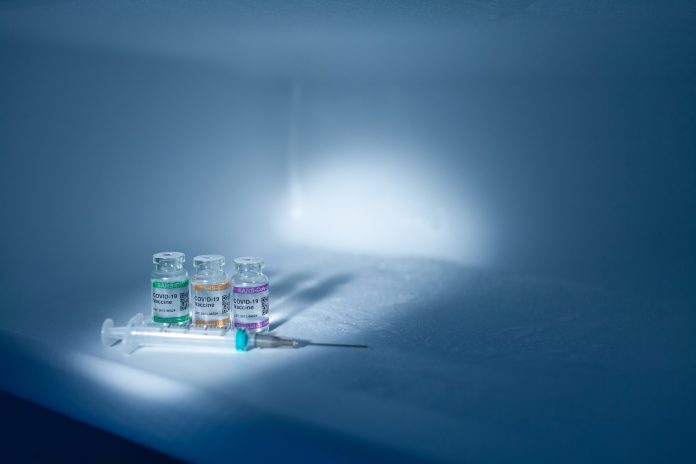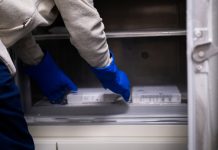CoolMed lifts the lid on what temperature a medical fridge should be
Maintaining the cold chain for safe & effective medication storage
For healthcare professionals and caregivers’ proper medication storage is non-negotiable. Vaccines, insulin, antibiotics, and other temperature- sensitive medications must be kept within a specific temperature range to maintain their efficacy and prevent spoilage.
What is the cold chain?
The cold chain is the process of maintaining a consistent temperature range for vaccines and medications from the time they are manufactured until they are administered. This is important because vaccines and medications are sensitive to temperature changes.
The specific temperature range for vaccines and medications is typically between 2°C and 8°C. However, some vaccines and medications may have a different temperature range. It is important to check the manufacturer’s instructions for the specific temperature range for each vaccine or medication.
Why is temperature control important?
Exposing medications to temperatures outside the cold chain can significantly impact their potency and effectiveness. Storing medications at temperatures below 2°C can lead to freezing, which can alter the chemical structure of the medication and render it ineffective. On the other hand, storing medications at temperatures above 8°C can accelerate their degradation and reduce their effectiveness.
Keeping track of medical fridge temperature
Regularly monitoring the temperature of your medical fridge is essential for ensuring that medications are stored within the cold chain. At CoolMed, our medical fridges come equipped with built-in thermometers, but it’s always a good practice to use an additional independent thermometer to cross- check the temperature.
How to monitor the temperature of your medical fridge
There are a few different ways to monitor the temperature of your medical fridge:
Use a thermometer
You can use a digital or analogue thermometer to monitor the temperature of your medical fridge. Place the thermometer in the middle of the refrigerator, away from the door.
Use a data logger
A data logger is a device that records the temperature of your medical fridge over time. This can be helpful if you want to track the temperature of your fridge over a long period of time.
Use a temperature monitoring system
CoolMed’s medical fridges have a built-in temperature monitoring system. This system will alert you if your fridge’s temperature falls outside the safe range.
How to maintain the temperature of your medical fridge
- Regularly check the fridge’s thermostat and adjust it if necessary.
- Use a data logger to monitor and record the fridge temperature continuously.
- Avoid overloading the fridge, which can restrict air circulation and affect temperature regulation.
- Do not store medications in the fridge door, as temperatures in the door can fluctuate more widely.
- Keep the fridge door closed as much as possible to minimise temperature fluctuations.
Proper medical fridge temperature maintenance is a critical aspect of medication storage. By adhering to the recommended temperature range and implementing regular monitoring practices, you can ensure that medications remain safe and effective for patient use.















